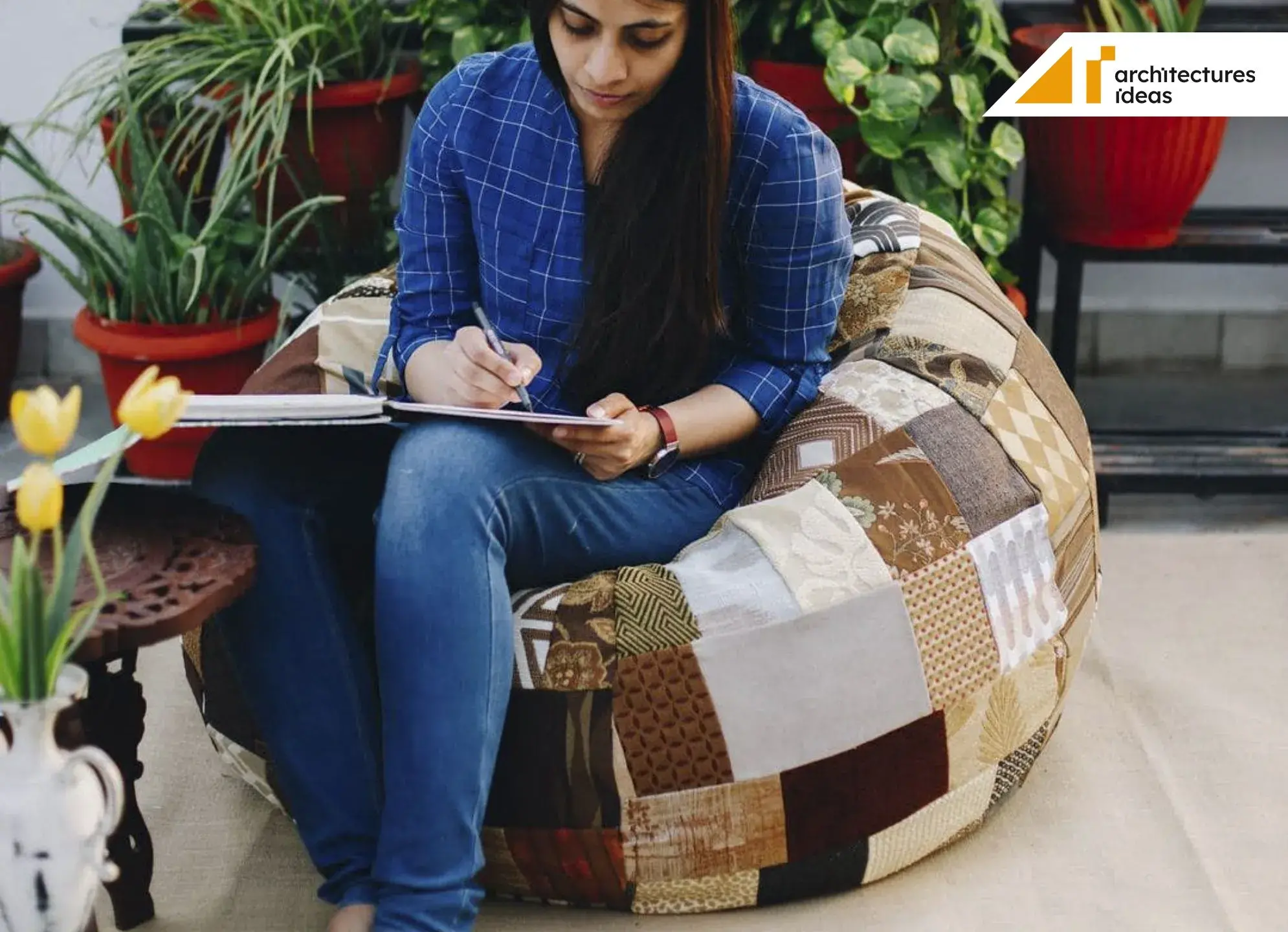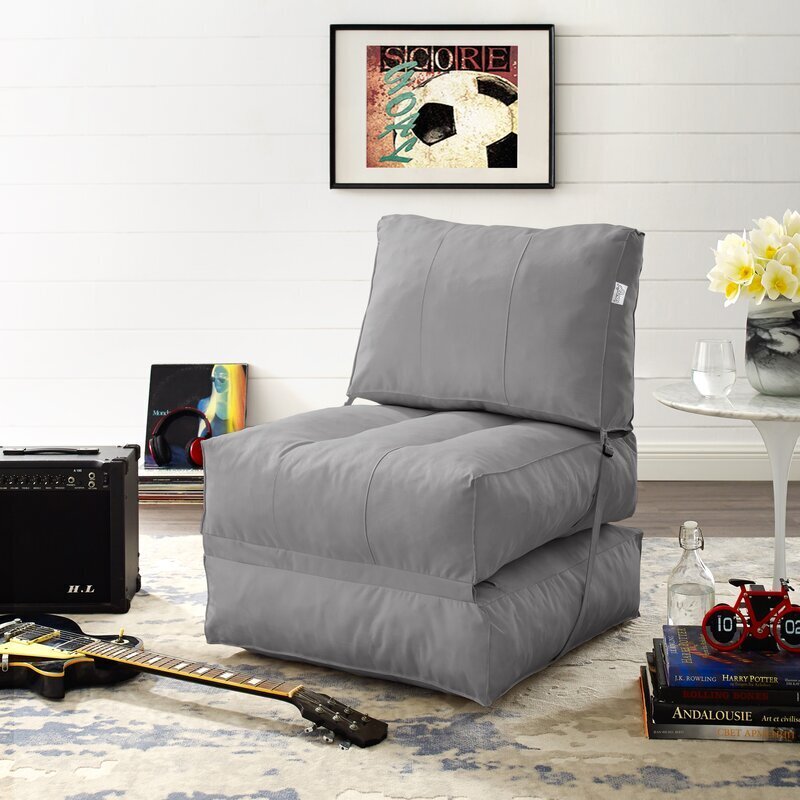Bean Bag Chair Comfort and Design

Bean bag chairs have become increasingly popular as a comfortable and versatile seating option. Their unique design and adaptability offer a range of benefits, but it’s essential to consider the pros and cons to determine if they’re the right fit for your needs.
Comfort and Ergonomics
The comfort of a bean bag chair is its most significant selling point. The soft, conforming nature of the filling allows the chair to mold to the user’s body, providing a sense of weightlessness and relaxation. This can be particularly beneficial for individuals who experience back pain or discomfort from sitting in traditional chairs. However, the lack of structured support can also be a drawback. The absence of a rigid backrest can lead to poor posture and strain on the spine, especially for prolonged periods.
Bean Bag Chair Designs
There are various bean bag chair designs available, each with its own set of advantages and disadvantages.
Traditional Bean Bag Chairs
Traditional bean bag chairs are the most basic design, typically consisting of a large, sack-like bag filled with polystyrene beads. They are generally the most affordable option and offer a high degree of flexibility, allowing users to adjust their position as needed. However, they lack back support and can be prone to sagging over time.
Oversized Bean Bag Chairs
Oversized bean bag chairs are larger and more spacious than traditional bean bags. They provide more room to stretch out and relax, making them ideal for lounging and watching TV. However, their size can make them less practical for smaller spaces.
Bean Bag Chairs with Backrests
Bean Bag chairs with backrests offer added support and comfort. They provide a more structured seating experience, which can be beneficial for those who need additional lumbar support. These chairs are often more expensive than traditional bean bags but offer a better balance of comfort and support.
Bean Bag Chair Materials
The material used for the bean bag chair’s cover can significantly impact its comfort, durability, and aesthetic appeal.
Fabric
Fabric covers are the most common material for bean bag chairs. They are typically soft, breathable, and easy to clean. However, they can be prone to wear and tear, especially if exposed to rough use or spills.
Leather
Leather covers offer a luxurious and durable option. They are water-resistant and can withstand wear and tear, making them a good choice for high-traffic areas. However, leather can be expensive and requires regular cleaning and conditioning to maintain its appearance.
Suede
Suede covers provide a soft and plush feel. They are often used for bean bag chairs designed for lounging and relaxation. However, suede can be delicate and prone to stains, making it less suitable for high-traffic areas.
Bean Bag Chair Functionality and Use Cases

Bean bag chairs, known for their adaptability and comfort, are versatile pieces of furniture that can seamlessly blend into various settings. They offer a unique blend of relaxation and functionality, making them suitable for a wide range of activities.
Living Room Uses
Bean bag chairs are ideal for creating a relaxed and inviting atmosphere in living rooms. They provide a comfortable spot for reading, watching television, or simply unwinding after a long day. The soft, contoured shape of a bean bag chair allows users to sink in and find a comfortable position, promoting relaxation and stress relief.
Bedroom Uses
In bedrooms, bean bag chairs can serve as a cozy alternative to traditional seating. They are perfect for reading in bed, watching movies, or simply lounging. The lightweight and portable nature of bean bag chairs also makes them easy to move around the room, allowing users to create a comfortable and personalized space.
Home Office Uses
Bean bag chairs can be incorporated into home offices to provide a more casual and comfortable work environment. They can be used as a primary seating option or as a supplemental seat for guests or colleagues. The ability to adjust the position of a bean bag chair can be beneficial for maintaining proper posture during long work sessions. However, it is important to note that bean bag chairs may not provide the same level of support as a traditional desk chair, which could potentially lead to discomfort or back pain over extended periods.
Outdoor Uses
Bean bag chairs are a popular choice for outdoor spaces, such as patios, balconies, or gardens. Their durable construction and weather-resistant materials make them suitable for use in various climates. Bean bag chairs can create a relaxed and inviting atmosphere for outdoor gatherings, picnics, or simply enjoying the fresh air.
Specific Use Cases
Bean bag chairs are particularly well-suited for activities that require comfort and relaxation, such as:
- Relaxing and unwinding after a long day
- Reading and enjoying a good book
- Watching movies or television
- Gaming and immersing oneself in virtual worlds
- Working from home and creating a comfortable workspace
Potential Downsides
While bean bag chairs offer numerous benefits, there are also potential downsides to consider, particularly when it comes to specific tasks:
- Studying: The lack of firm support and tendency to sink into the bean bag chair can make it challenging to maintain focus and concentration during study sessions. The soft and unstructured nature of the chair may also lead to slouching and poor posture, which can negatively impact productivity and comfort.
- Attending online meetings: Bean bag chairs may not provide the same level of professionalism and formality as traditional desk chairs, which can be important for maintaining a professional image during online meetings. Additionally, the lack of a stable base can make it difficult to move around or adjust the chair during meetings, potentially leading to distractions or discomfort.
Bean Bag Chair Maintenance and Care: Stuffy Bean Bag Chair

Maintaining your bean bag chair is essential to ensure its longevity and comfort. Regular cleaning and proper care will help prevent wear and tear, keeping your bean bag chair looking and feeling its best for years to come.
Cleaning and Maintaining Different Materials, Stuffy bean bag chair
The cleaning and maintenance methods for bean bag chairs vary depending on the material used for the outer cover and the filling. Here’s a breakdown of the most common materials and their care requirements:
- Fabric Covers: Most bean bag chairs feature fabric covers, which are generally easy to clean.
- Machine Washable: Many fabric covers are machine washable, making them incredibly convenient. Always check the care label for specific instructions regarding water temperature, drying methods, and whether or not bleach is safe to use.
- Spot Cleaning: For stains or spills on fabric covers that aren’t machine washable, spot cleaning is the best approach. Use a mild detergent mixed with water and gently blot the stain. Avoid rubbing, as this can spread the stain.
- Dry Cleaning: Some fabric covers may require dry cleaning. Follow the care label instructions carefully.
- Leather Covers: Leather covers add a touch of sophistication to bean bag chairs.
- Leather Conditioner: Regularly condition your leather cover with a high-quality leather conditioner to keep it supple and prevent cracking.
- Wipe Down: Use a damp cloth to wipe down the leather cover to remove dust and dirt. Avoid using harsh chemicals or abrasive cleaners.
- Protect from Sunlight: Prolonged exposure to direct sunlight can fade the color of leather. Place your bean bag chair in a shaded area or use a cover to protect it.
- Faux Leather Covers: Faux leather covers offer a more affordable alternative to genuine leather.
- Damp Cloth: Clean faux leather covers with a damp cloth and mild soap. Avoid using harsh chemicals or abrasive cleaners.
- Avoid Direct Heat: Faux leather can be susceptible to heat damage. Avoid placing your bean bag chair near heat sources like radiators or fireplaces.
- Bean Bag Filling: The filling of a bean bag chair is typically made of polystyrene beads or foam.
- Polystyrene Beads: Polystyrene beads are lightweight and provide excellent support. They can be easily replaced if they become compressed or damaged.
- Foam: Foam fillings are often used in bean bag chairs designed for specific shapes or firmness. Foam can lose its shape over time, but it can sometimes be rejuvenated by fluffing it up or replacing it with fresh foam.
Common Issues and Solutions
Bean bag chairs, while durable, can experience some common issues over time. Here’s a look at some of the most frequent problems and their solutions:
- Sagging: Sagging is a common issue with bean bag chairs, particularly those filled with polystyrene beads. Over time, the beads can compress, leading to a loss of shape and support.
- Adding More Beads: One solution is to add more polystyrene beads to the chair. You can purchase additional beads from most online retailers or home improvement stores.
- Fluffing the Beads: Regularly fluffing the beads can help prevent compression and maintain the chair’s shape.
- Leaks: Leaks can occur in bean bag chairs due to tears or punctures in the outer cover or seams.
- Patching Tears: Small tears or punctures can often be patched using a fabric patch or adhesive tape.
- Replacing the Cover: If the leak is significant or the cover is damaged beyond repair, you may need to replace the cover entirely.
- Fading: Exposure to sunlight can cause the color of the bean bag chair cover to fade over time.
- Sun Protection: To prevent fading, place your bean bag chair in a shaded area or use a cover to protect it from direct sunlight.
- Cover Replacement: If the cover has faded significantly, you may need to replace it with a new one.
